Everyday Items and the Clever Features We Never Knew About
Have you ever discovered a useful trick for a product that made you realize you had been using it wrong all along? Sometimes, the inventors of everyday items are more clever than we think, adding in subtle features that make them more efficient or functional. From pots and pans to take-out containers, some of the most familiar products we use regularly have hidden benefits we never noticed!
The Hidden Benefit of Pot Handle Holes
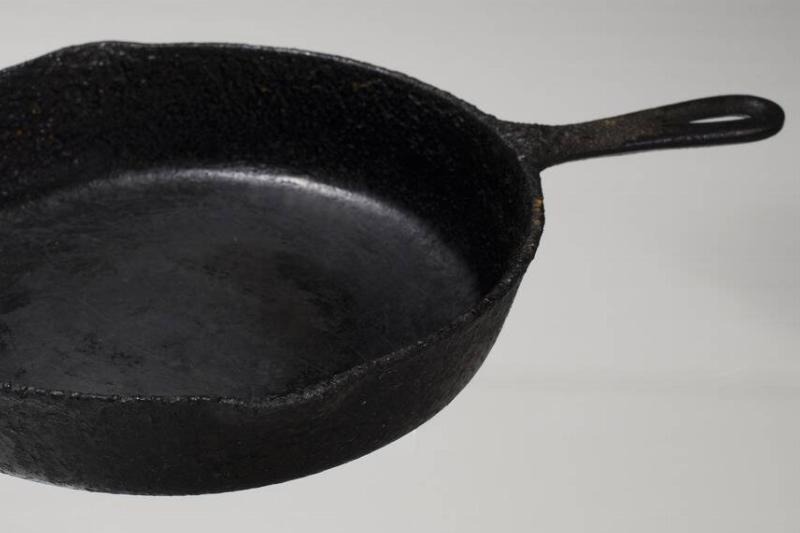
You may have noticed the hole on the handle of your pots and pans, but did you know it serves a purpose beyond just hanging the cookware? While many of us use it to store pots, there’s an even more practical use for it. That hole can actually be used to rest your stirring spoon while cooking, preventing it from touching the countertop and making a mess. This little feature can save time and keep your kitchen cleaner while you cook!
Airplane Window Holes: More Than Just a Design Feature

For frequent flyers, those tiny holes on airplane windows may have piqued curiosity. These holes aren’t just part of the design; they serve an important purpose. They help equalize the pressure between the inside and outside of the window during flight, preventing damage from the air pressure difference. Additionally, they help to reduce condensation, keeping your window from fogging up.
Why Do Coins Have Rigid Edges?
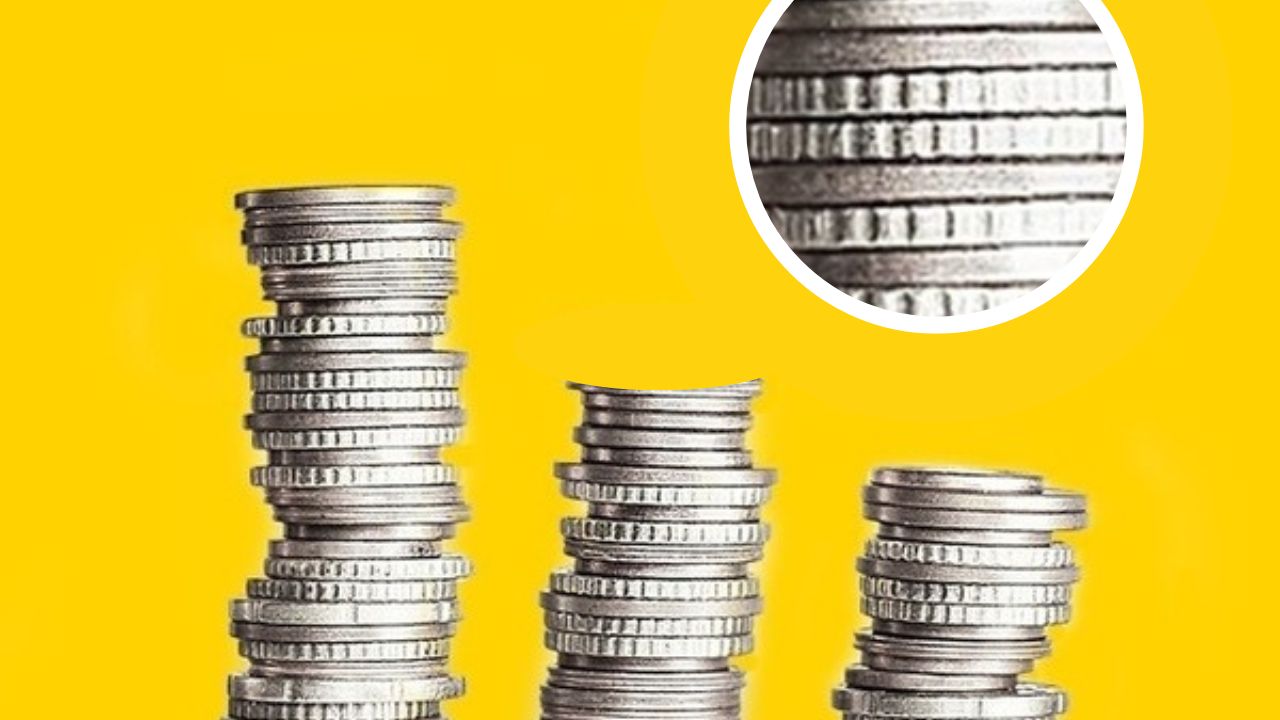
We all love money yet never think to ask about why it looks the way it does. It pays for everything so just shut up and use it, right? Before modern banking systems, coins were often made of valuable metals such as gold and silver. People began shaving off small amounts of metal from the edges of coins and selling the clippings while still using the altered coins at full value. Over time, this deceptive practice, known as “coin clipping,” led to significant financial losses and weakened trust in currency.
Chinese Takeout Containers: More Than Just a Box
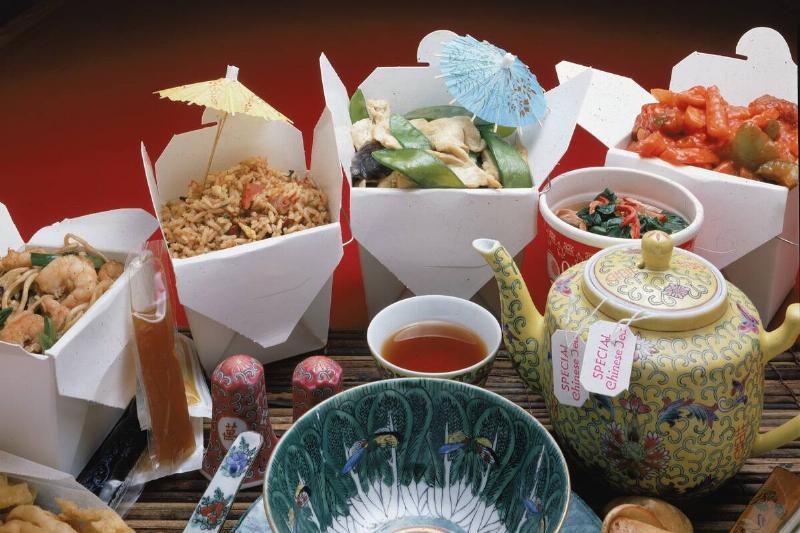
Next time you pick up Chinese takeout, you might want to reconsider using a plate. Many takeout containers are designed to unfold into a plate. The clever foldable design lets you expand the container and turn it into a convenient dish for your food. This eliminates the need for extra dishes and makes it easier to enjoy your meal!
The Two Holes in an Electric Plug
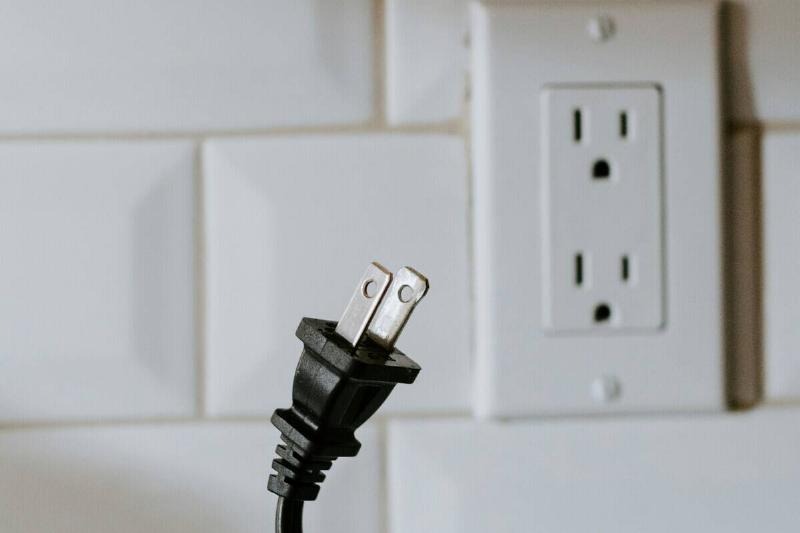
Those two small holes in an electrical plug aren’t just for decoration—they serve a practical purpose. They help the outlet grip the plug securely, preventing it from slipping out due to the weight of the cord. This simple design ensures a more stable connection between the plug and outlet.
What Those Black Diamonds on a Tape Measure Are For

If you’ve ever noticed the black diamonds (or triangles) on a tape measure, you might have wondered what they’re for. These marks, known as “black truss” markings, are placed at specific intervals to help with construction projects. They indicate where studs should be placed, making it easier to know where to hang items on the wall or build structures.
The Little Metal Bit on a Tape Measure
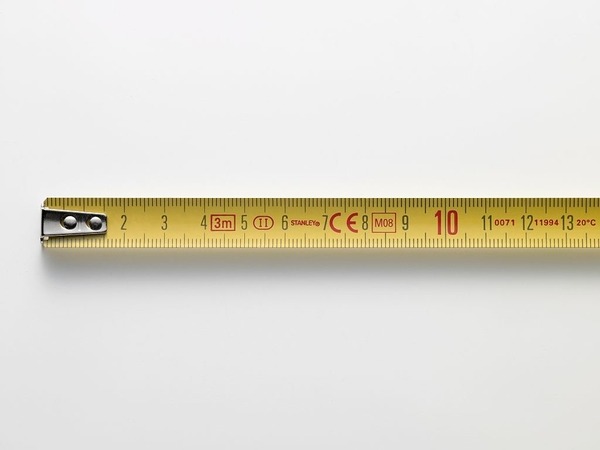
Have you ever wondered about the small metal tab at the end of your tape measure? It’s more than just a finishing touch. This bit is actually designed to compensate for the width of the metal hook, ensuring accurate measurements whether you’re measuring from the inside or outside of a surface. It can also help score softer materials like drywall, making it a versatile tool.
The Purpose of Holes in Pen Lids
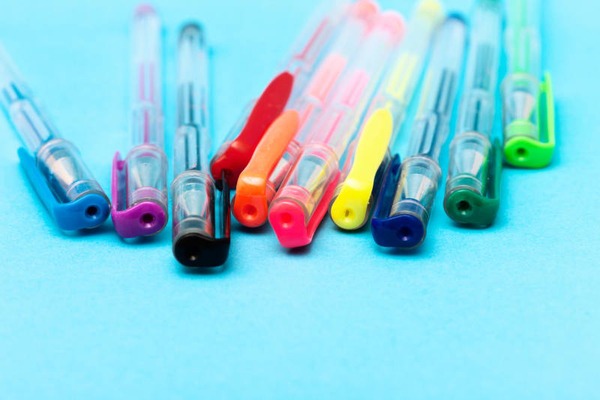
Those small holes in pen caps are there for an important safety reason. In case a child accidentally swallows the lid, the hole ensures that their airway stays open, reducing the risk of suffocation. It’s a clever design feature that protects young ones from harm.
Windshield Dots: The Function of the Black Band
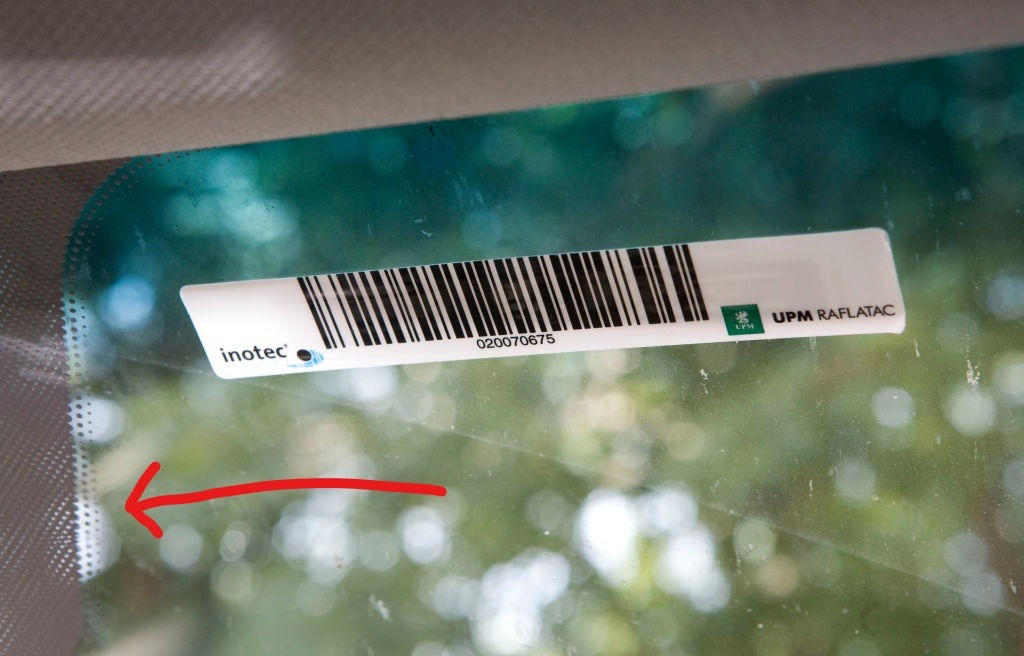
If you’ve ever noticed the black band and dots along the edge of your windshield, you may have wondered what they do. The black ceramic paint, called the “frit,” serves a few purposes. It protects the sealant from ultraviolet rays, helps keep the glass in place, and reduces the appearance of dirt along the edges. The dots help transition from the black frit to the clear glass and aid in temperature distribution, making your ride more comfortable.
The Purpose of Rivets in Jeans
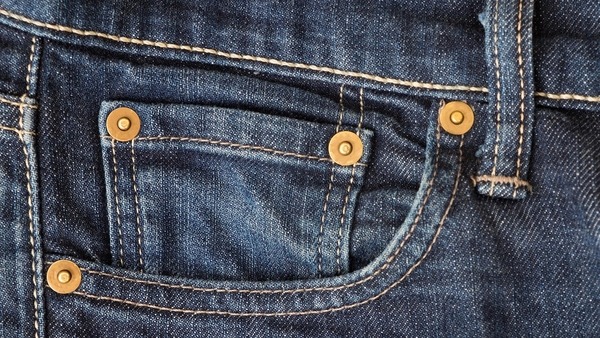
If you’ve ever wondered why there are small metal studs on your jeans, it’s because they serve an important function. When Levi Strauss first designed jeans, workers’ pants often tore at the seams due to heavy use. To strengthen these areas, he added rivets—small metal fasteners—at the points of stress. This made jeans more durable, ensuring they lasted longer even with frequent wear.

Leave a Reply